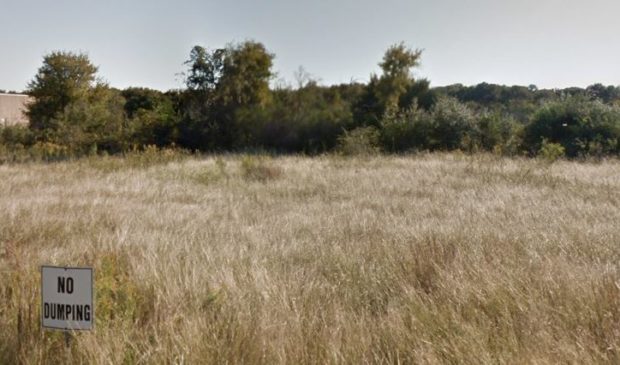Winnebago tract could blossom with Urban Roots agreement
Friday, July 13, 2018 by
Chad Swiatecki The city is exploring a possible deal that would see the 9-acre East Austin parcel widely known as the Winnebago tract used as a site for urban farming, job training and possible collaboration with Austin’s arts community.
Council approved a resolution on June 14 that directs the city manager to explore the feasibility of a long-term agreement to allow the Urban Roots nonprofit to farm and build a training facility on the property, which sits east of Interstate 35 and just south of Ben White Boulevard.
The resolution is the latest turn for the property that in recent years has been considered for a wide range of uses including a recycling facility, dog park and a live/work development for local artists.
After those possibilities lost momentum, Urban Roots leaders began talking to neighborhood groups including the Kensington Park Homeowners Association and the Southeast Combined Neighborhood Plan Contact Team about using the property to grow local produce that could be used to address the problem of food deserts in East Austin.
“They saw that an urban farm on property that was just sitting there would increase food access and provide paid internship opportunities for youth,” said Max Elliott, executive director of Urban Roots.
“With having a larger urban farm, we would love to have a larger site that would allow us to work with new schools and community groups, because we haven’t worked with groups south of the river.”
Urban Roots currently operates on three acres near Bolm Road and U.S. Highway 183, with 75 workers aged 14 to 23 growing 30,000 pounds of produce annually, 40 percent of which is donated to local pantries and soup kitchens.
Elliott said an agreement to use the Winnebago tract would let the group employ up to 200 teens and young adults, nearly double output to 50,000 pounds annually and build a training facility that would allow it to expand its food preparation and other education programs.
Urban Roots has a $700,000 annual budget generated through a combination of grants, sales, events and corporate team-building programs. Its training facility on the property would have to be funded through a capital campaign that Elliott said would be mapped out once the use agreement is complete. The June resolution sets an Aug. 30 deadline for the feasibility study.
“We’re still waiting to hear back from (the city) on the feasibility study, and I know other departments and a bunch of different groups have had ideas on what to do with the property,” he said. “Urban farming has lots of community benefit, and the more connected we are to where our food comes from the better that is for our health, while also building education and some other opportunities for collaboration that are valuable.”
Elliott said it is possible local creative groups would have a chance to partner with Urban Roots to use the property in some way, but those conversations are still in the preliminary phase.
District 2 Council Member Delia Garza said the Urban Roots agreement would let a city-owned parcel be put to use to solve a community need.
“Large portions of District 2 are categorized as food deserts and would benefit from an urban farm like Urban Roots,” she told the Austin Monitor via email. “Urban Roots will also provide class training and youth scholarships. This vacant lot was considered in the past by staff to be sold and we worked closely with the community and Mayor Pro Tem (Kathie) Tovo’s office to find the best use that would provide a community benefit for the area.”
Carmen Llanes Pulido, executive director of the Go! Austin/Vamos! Austin neighborhood group, said the Winnebago tract is one of a handful of city properties found to not be best used for affordable housing because of a suitable supply of existing housing stock nearby.
“Instead of housing, this neighborhood is missing food retail, and if you can put Urban Roots there the possibilities are endless,” she said. “It has taken a while, but what advances things like this happening is people in the neighborhood talking with each other so you can hear why they like an idea.”
Photo via Google Maps.
The Austin Monitor’s work is made possible by donations from the community. Though our reporting covers donors from time to time, we are careful to keep business and editorial efforts separate while maintaining transparency. A complete list of donors is available here, and our code of ethics is explained here.
You're a community leader
And we’re honored you look to us for serious, in-depth news. You know a strong community needs local and dedicated watchdog reporting. We’re here for you and that won’t change. Now will you take the powerful next step and support our nonprofit news organization?



